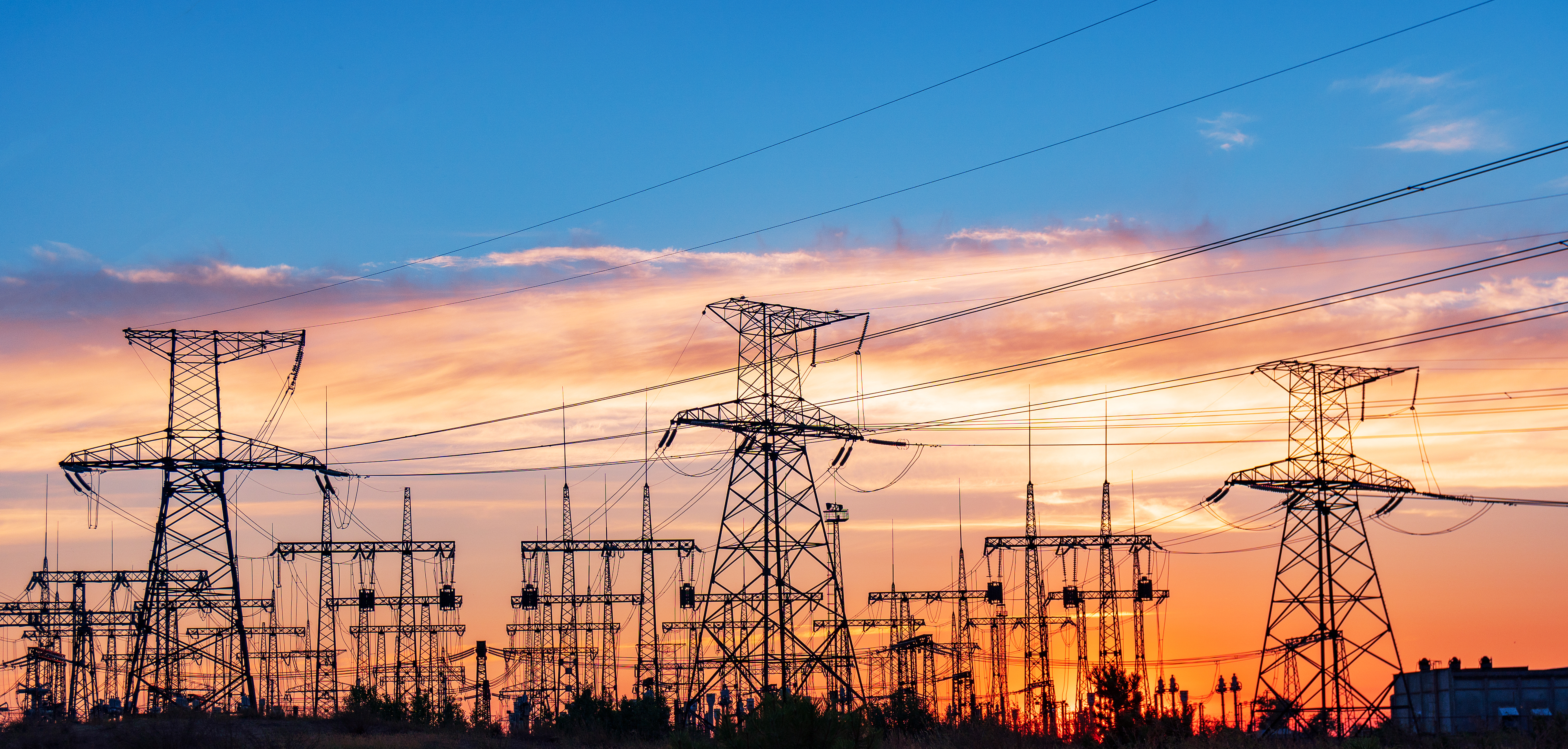Reducing the Strain on the Power Grid
Microgrids Are Proliferating and Some Are Incorporating EV Batteries

Renewables are the fastest-growing form of power generation. Moreover, they are the only source of power keeping pace with the expanding demand for electricity as we adopt electric vehicles (EVs) and all-electric buildings. The disconnect that the experts worry about falls on the grid due to the wild fluctuations between supply and demand. Despite ongoing repairs and upgrades, there has been virtually no grid expansion of capacity over the past decades. Change is coming rapidly, however.
Technology is transforming the large batteries in EVs, trucks, and buses into versatile assets. These components are beginning to store excess renewable electricity and make it available for demand spikes. Millions of EVs can be thought of as a huge energy system that can be connected to another huge energy system, the electrical grid. There has been talk about this for years, but we are now seeing tangible results.
In part because of the war in Ukraine and the resulting boycott of natural gas from Russia, Europe is moving rapidly to create microgrids that combine renewable generation with large battery storage and bidirectional flows for large numbers of EVs. Utrecht in the Netherlands is considered the largest bidirectional city. One of their projects is a parking facility, covered by 2,100 solar panels that provide power to 450 bidirectional charging stations and next-door buildings. The city is planning for 10,000 bidirectional EVs, 10 percent of their total.
There are many advantages to this combination beyond the free parking that bidirectional cars receive when plugged in. By connecting EVs to the grid, utilities need less reserve capacity on hand for peak periods. Utility costs are reduced, and car owners can save up to 50 percent on electric bills. For energy purveyors, the price of electricity changes from minute to minute as supply and demand surge or ebb. Those managing bidirectional systems buy power when solar and wind power are abundant and cheap, store it in electric vehicles, and sell it when demand and prices climb. It’s an old business strategy — buy low, sell high.
Ford, GM, BMW, Mercedes-Benz, and Renault are currently selling EVs with two-way charging software. All EV manufacturers are planning bidirectional cars by 2026. To underline the potency of this approach, California has 70 gigawatts of storage in all the EVs on our roads. In comparison, the total battery storage in all our homes and buildings is only 2-3 gigawatts.
When EV stored power is given back to buildings or the grid, the amount is small and limited by the bidirectional software, or by the decision of the EV owner. Typically, the giveback is equivalent to 10 miles, while keeping enough stored for at least an 80-mile range. However, many EVs giving back, each one only a little, adds up to damping supply and demand swings and big savings to customers and utilities. This approach is also an important tool in countering climate change.









